Upptäck Sverige som aldrig förr nära mig
I takt med att den digitala eran fortsätter att forma vårt sätt att interagera med världen, har behovet av tillförlitlig, lättillgänglig information nära mig blivit mer framträdande än någonsin. För svenskar och besökare i Sverige erbjuder webbplatsen Sök.info en banbrytande plattform som omdefinierar hur vi upptäcker och interagerar med olika platser i hela landet. Denna webbaserade resurs ger användarna obegränsad tillgång till information om över en miljon olika platser i Sverige, från historiska landmärken och natursköna vandringsleder till de senaste kaféerna och shoppingcentren.
Den Omfattande Databasen
Sök.info står ut från mängden tack vare sin omfattande databas, som innehåller detaljerad information om varje plats. Detta inkluderar inte bara grundläggande information som vad platsen är för något, utan även öppettider, kontaktinformation och vägbeskrivningar. Denna rikedom på data gör sök.info till en ovärderlig resurs för alla som vill utforska Sveriges mångfacetterade landskap, oavsett om det gäller lokalbefolkningen som söker nya upplevelser eller turister som vill få ut mesta möjliga av sitt besök.
Användarvänligt Gränssnitt
Förutom dess omfattande innehåll, erbjuder sök.info ett intuitivt och användarvänligt gränssnitt. Plattformen är utformad för att vara lättanvänd, vilket gör det möjligt för användare att snabbt hitta den information de söker. Oavsett om du använder en dator, en surfplatta eller en smartphone, anpassar sig webbplatsen smidigt för att ge den bästa möjliga användarupplevelsen. Detta säkerställer att du kan planera dina äventyr i Sverige med några få klick.
”Nära mig” funktion
”Funktionen ’nära mig’ är en revolutionerande egenskap som förändrar sättet vi interagerar med vår omgivning. Genom att använda dina GPS-koordinater, med din uttryckliga tillåtelse, anpassar denna funktion upplevelsen helt efter var du befinner dig. Oavsett om du är på jakt efter en mysig restaurang, en lugn park eller en tjänst som bankautomater, optimerar ’nära mig’-funktionen sökresultaten för att visa relevanta platser i din omedelbara närhet på en karta. Detta gör den till ett ovärderligt verktyg för både lokalbefolkningen som vill upptäcka nya pärlor i sitt område och för resenärer som önskar utforska en ny stad effektivt. Genom att erbjuda en skräddarsydd och omedelbar lösning på din platsbaserade förfrågan, förbättrar ’nära mig’-funktionen din upplevelse och gör den mer intuitiv och anpassningsbar.”
En Portal till Sveriges Hjärta
Sök.info är mer än bara en webbplats; det är en portal till Sveriges hjärta. Det ger en sällan skådad insikt i landets geografiska mångfald och kulturella rikedomar. Från de snöklädda topparna i norr till de soliga stränderna i söder, ger sök.info användarna nycklarna till att upptäcka och uppskatta allt som Sverige har att erbjuda. Dess detaljerade vägbeskrivningar och kontaktinformation gör även de mest avlägsna destinationerna tillgängliga för äventyrslystna själar.
Framtiden för Digital Utforskning
I en värld där digital teknik ständigt utvecklas, står sök.info som ett exempel på hur digitala verktyg kan användas för att fördjupa vår förståelse och uppskattning av den fysiska världen. Genom att kombinera omfattande data med användarvänlig design och interaktivitet, banar sök.info väg för framtiden för digital utforskning i Sverige.
Som vi ser fram emot att utforska allt vad Sverige har att erbjuda, står sök.info redo att vara vår guide. Med bara några få klick kan vi nu dyka djupare in i landets underverk än någonsin tidigare, upptäcka nya platser och skapa oförglömliga minnen. Sök.info är inte bara en plattform; det är en resa till hjärtat av Sverige, en resa som börjar med ett enda klick.
Upptäck Sverige som aldrig förr nära mig Read More »

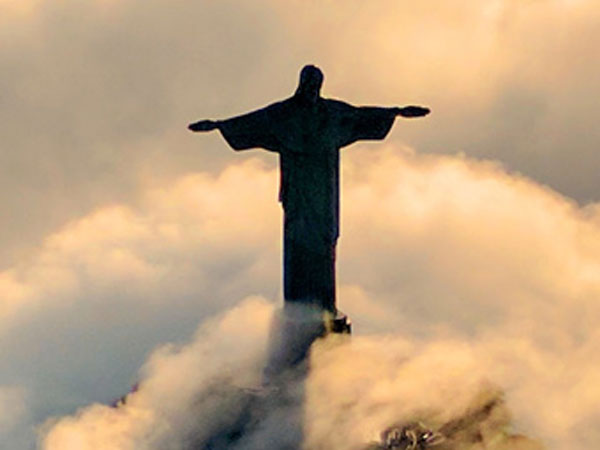 Ascension Day
Ascension Day May 1
May 1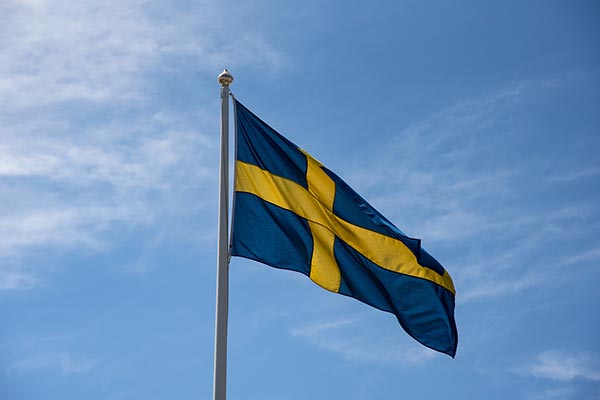 Sweden's National Day
Sweden's National Day Easter Day and Pentecost
Easter Day and Pentecost
 Christmas Day and Christmas Eve
Christmas Day and Christmas Eve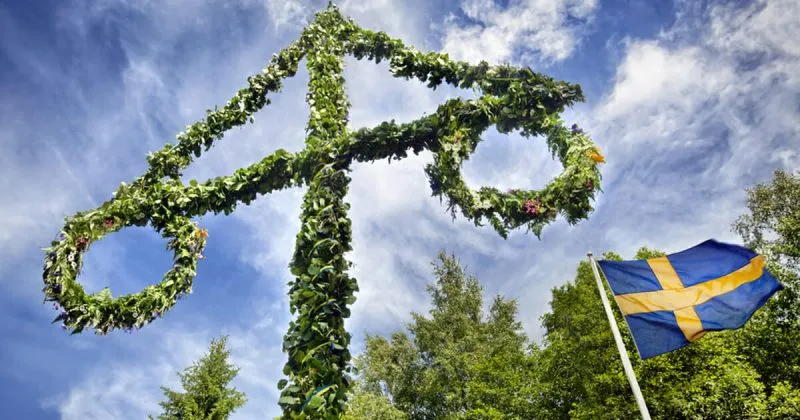 Midsummer Day
Midsummer Day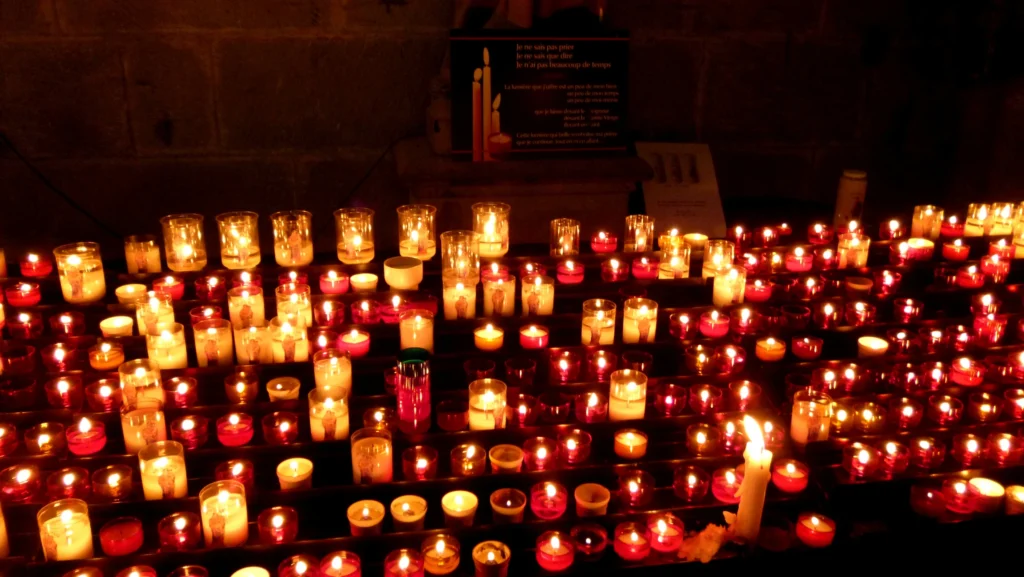
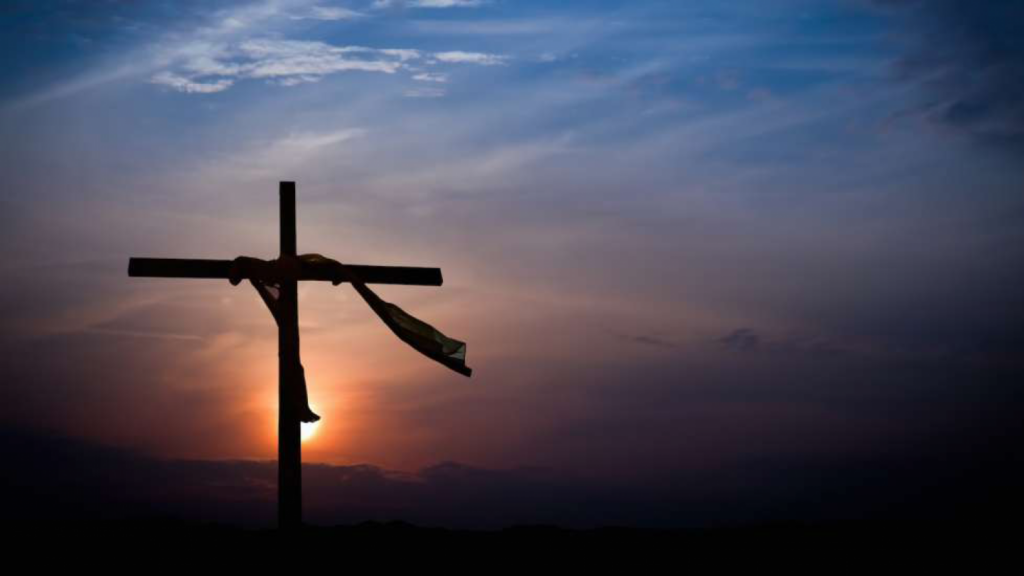 Good Friday and Easter Monday
Good Friday and Easter Monday